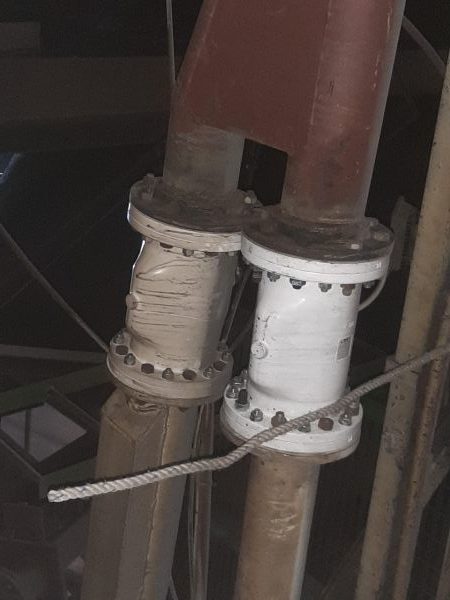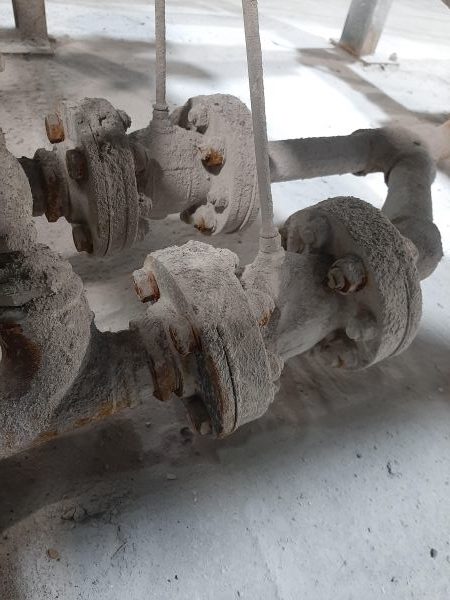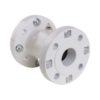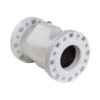Valves for Sand Line Splitting Application Details
Two different sized valves are used here – DN50 & DN125, to suit the size of existing pipework. The valves are positioned on a sand line splitter, used in both the normally open and normally closed positions.
The sand passing through the valves is usually ambient in temperature, and is blown through at a pressure of between 1-3 BAR. The amount of air pressure used to close the valves is 6 BAR, although this could be regulated down very slightly to 5-5.5 BAR to save excess wear on the sleeve, since AKO air operated Pinch Valves require a differential pressure of 2-2.5 BAR to close fully.






